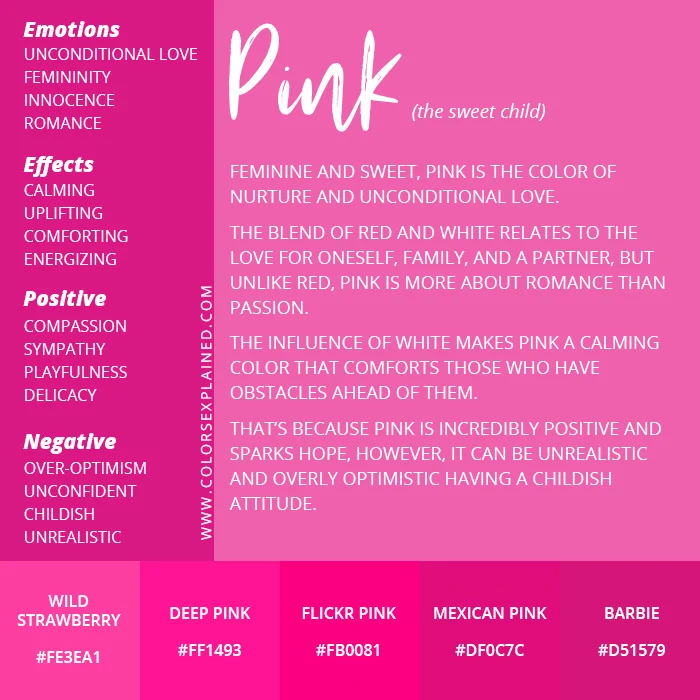As a woman living on her own, it can be hard not to observe the price disparity between products marketed for men and those marketed for women, i.e. the ones with the pretty pink packaging. A study conducted in 2015, titled “From Cradle to Cane,” revealed that goods serving the same purpose for both genders are, on average, priced 7% higher for women. The situation further becomes ironic because of the increased pay gap between the two genders. From trying to profit off societal expectations for women’s appearance to blatant inequality, we discuss more about the ‘Pink Tax’ in this article.
The concept of the “pink tax” highlights the phenomenon where products targeted at women often carry higher prices compared to similar products marketed towards men. This pricing disparity, rooted in gender-based discrimination, is coined “pink tax” due to the association with the color pink. Items such as razors, toothbrushes, and even prescription drugs marketed to women frequently incur higher costs, seemingly without any justifiable rationale beyond their association with the color pink.

While men and women routinely buy identical everyday essentials, research indicates that products marketed to women often come with a higher price tag compared to their male-targeted counterparts. Notably, personal care items stand out as industries showcasing significant gender-based price disparities. This includes products such as deodorants, soaps, lotions, and razor blades, which are marketed to both men and women.
The New York City Department of Consumer Affairs conducted a comprehensive study in 2015, titled “From Cradle to Cane,” revealing that goods serving the same purpose for both genders are, on average, priced 7% higher for women. Among nearly 800 products scrutinized across 35 categories, numerous items exhibit gender-based pricing discrepancies.
Children’s items like girls’ clothing and accessories, including helmets, toys like scooters, and bikes, cost 7% and 4% more, respectively, than their boy counterparts. Adult clothing like jeans and button-up shirts, sourced from the same manufacturers as men’s clothing, incur an average of 8% higher costs for women.
In the personal care industry which is marked as the industry with the highest markup for women, personal care products exhibit an average cost difference of 13%. This includes items such as razors, hair care products, deodorants, and body wash. Home health care products like braces, digestive medicine, and compression socks are, on average, 8% more expensive for women. Women also experience higher costs for services like dry cleaning and haircuts, even when presenting the same shirt or requesting a short haircut.

The genesis of this notion lies in society’s elevated expectations regarding women’s appearance and psychological comportment. From childhood, women are ingrained with specific behavioural norms, leading them to allocate more resources toward makeup, personal hygiene, attire, and transportation compared to men. Inequality, both intentional and systemic, contributes to these disparities.
There are many suggested causes of this discrepancy, including price elasticity and the belief that women are more prepared than men to pay higher prices for their purchases. For instance, if the cost of sunglasses rises, men may exhibit greater elasticity by refraining from purchasing new ones and sticking with their existing pair. Conversely, societal expectations often compel women to stay abreast of trends, prompting them to invest in new pairs, reducing elasticity. This underscores the intricate interplay between gender norms and consumer behavior.
A mere 23% of Indians are familiar with the term “pink tax” and its economic implications. In India, instances of the pink tax pervade various sectors, encompassing salon services, personal care essentials like shampoos, soaps, and deodorants, along with clothing, toys, and accessories, including jewelry. India’s standing at 127 out of 146 countries in the recent Global Gender Gap report from the World Economic Forum underscores a sobering reality. While the pink tax subjects women to heightened expenditures, the gender pay gap curtails their earnings. This dual challenge significantly erodes women’s purchasing power, rendering them economically vulnerable. Gender discrimination transcends the social sphere, permeating every facet of society, particularly in the economic realm, thus exacerbating female economic disparities.
It’s therefore important to be mindful of the potential price disparity in products marketed for women. Wise purchasing involves comparison shopping, scrutinizing ingredient lists, and recognizing that packaging may not reflect the true value. Even when two products share a price tag, differences in volume may impact their actual cost. Developing consumer rationality is not just an individual endeavor; it is a collective responsibility for the global female community. Let us resist the allure of pink packaging, fostering a culture of thoughtful consumption and economic empowerment.
Ayesha Alim is a student pursuing English Hons. from Jamia Millia Islamia.
Edited by: Gunjit Verma






GIPHY App Key not set. Please check settings